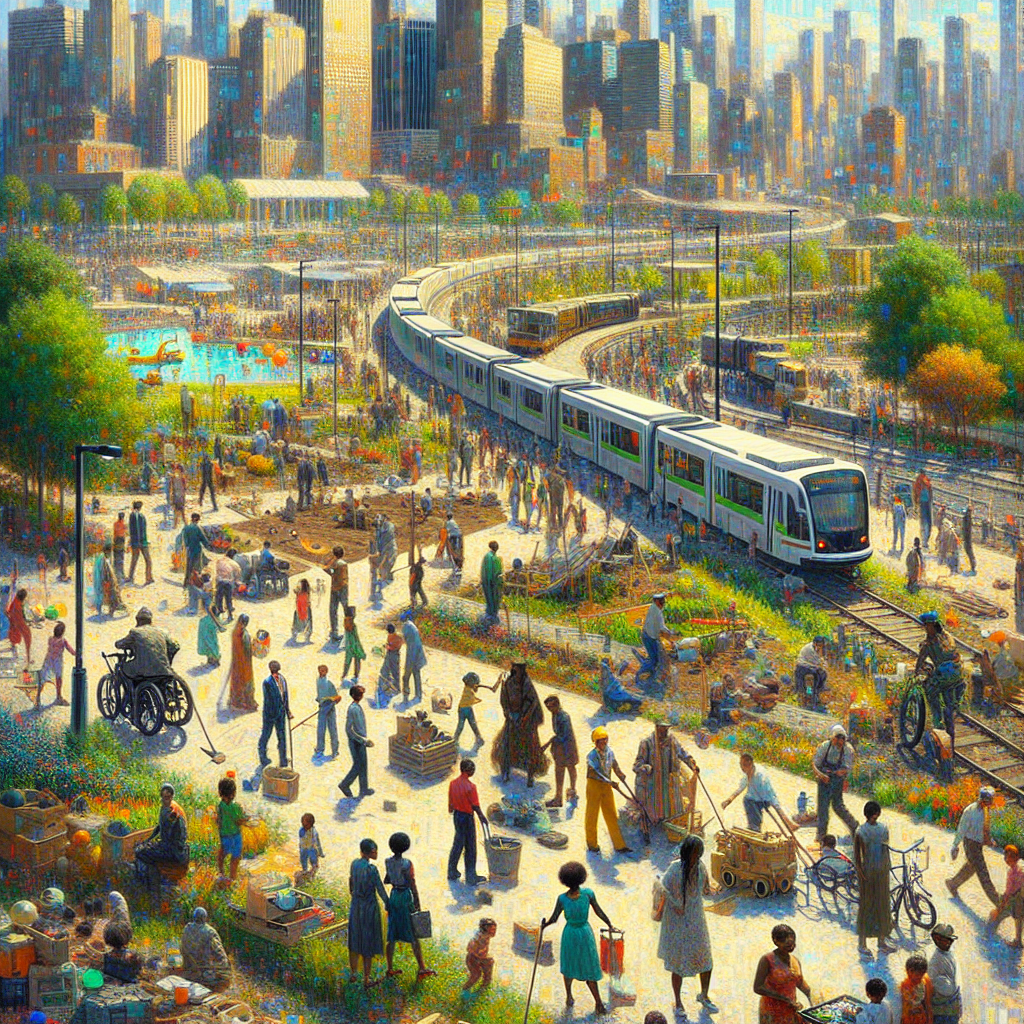
Urban planning is the foundation of any successful redevelopment project. It involves the strategic organization of land use, infrastructure, and resources to create sustainable, vibrant, and livable urban environments. Effective urban planning considers factors such as zoning regulations, transportation systems, public spaces, and environmental sustainability to shape the physical and social fabric of a city.
City transformation refers to the process of revitalizing urban areas to enhance their functionality, aesthetics, and quality of life for residents and visitors. This can involve repurposing abandoned buildings, upgrading public spaces, improving infrastructure, and introducing new amenities to make the city more attractive and competitive. City transformation projects aim to rejuvenate neighborhoods, stimulate economic activity, and promote social inclusion.
Community engagement is a critical aspect of urban redevelopment initiatives, as it involves involving local residents, businesses, and stakeholders in the planning and decision-making processes. By actively engaging with the community, planners and developers can gain valuable insights, build consensus, and ensure that redevelopment projects align with the needs and aspirations of the people who live and work in the area. Community engagement fosters a sense of ownership, pride, and social cohesion within neighborhoods.
Architectural design is a key component of urban redevelopment, as it shapes the physical form and character of buildings, public spaces, and streetscapes. Thoughtful and innovative architectural design can enhance the visual identity of a city, create memorable landmarks, and improve the overall urban experience. Whether preserving historic structures or introducing contemporary designs, architects play a vital role in balancing aesthetics, functionality, and sustainability in urban redevelopment projects.
Economic revitalization is a primary objective of urban redevelopment initiatives, as it aims to stimulate economic growth, attract investment, and create job opportunities in urban areas. By transforming underutilized land, revitalizing commercial districts, and fostering entrepreneurship, cities can boost their economic competitiveness and enhance the quality of life for residents. Economic revitalization strategies often involve public-private partnerships, incentive programs, and infrastructure investments to catalyze development and attract businesses.
Urban redevelopment initiatives require a holistic approach that integrates urban planning, city transformation, community engagement, architectural design, and economic revitalization to create sustainable, inclusive, and vibrant cities. By prioritizing collaboration, innovation, and stakeholder engagement, urban redevelopment projects can enhance the urban environment, promote social equity, and support economic prosperity for current and future generations.
[1] Urban Land Institute. (2021). Urban Redevelopment: A Handbook for Communities. Retrieved from https://uli.org/publications/urban-redevelopment-handbook/
[2] American Planning Association. (2020). Community Engagement in Urban Planning. Retrieved from https://www.planning.org/publications/report/9113925/








